Distinguish between the following pairs:
a. 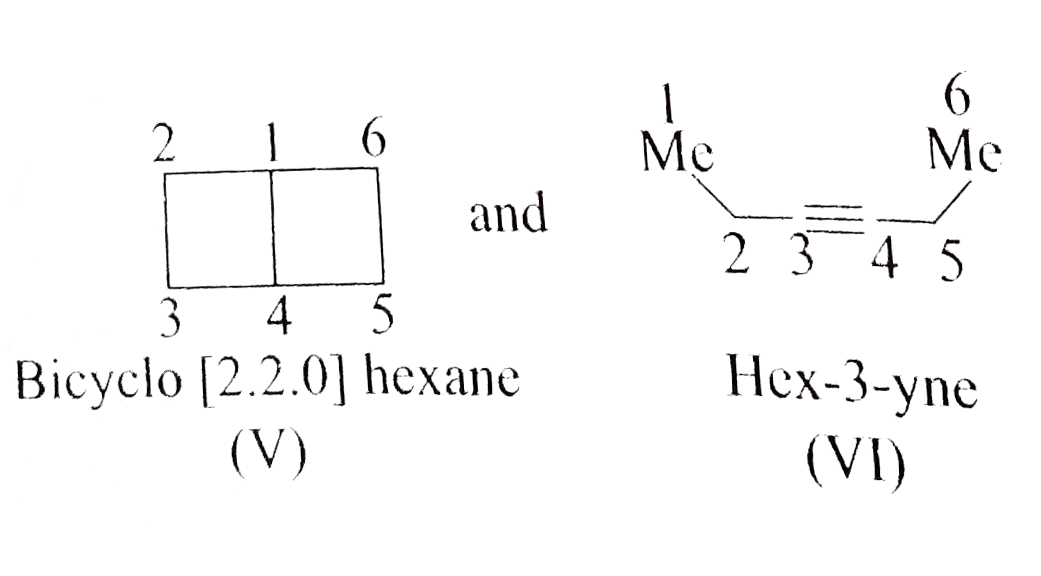 and
and 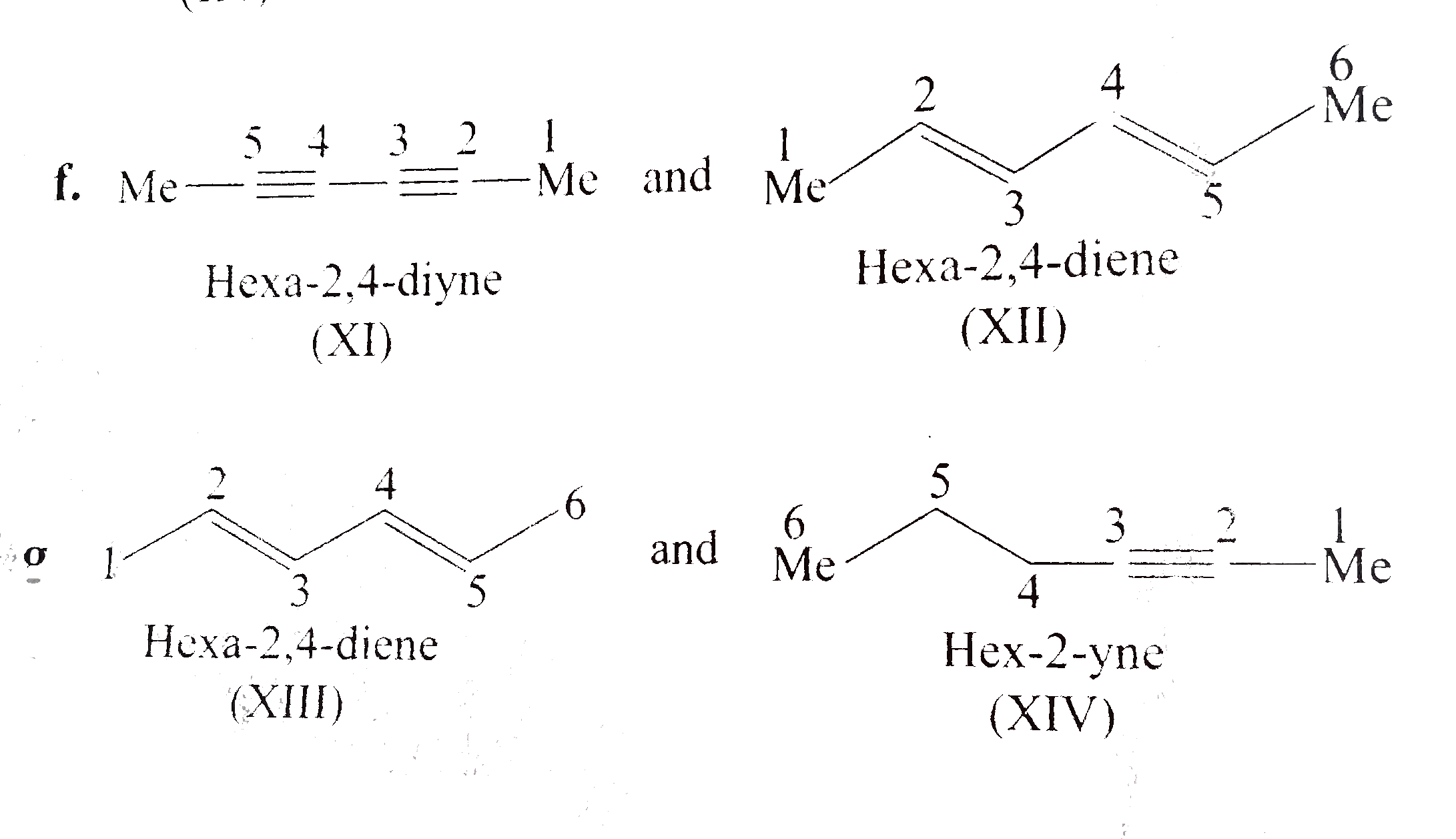

a. (I) is terminal alkyne and gives white precipitate of  with Ag(NH3)2Cl or red precipitate of
with Ag(NH3)2Cl or red precipitate of 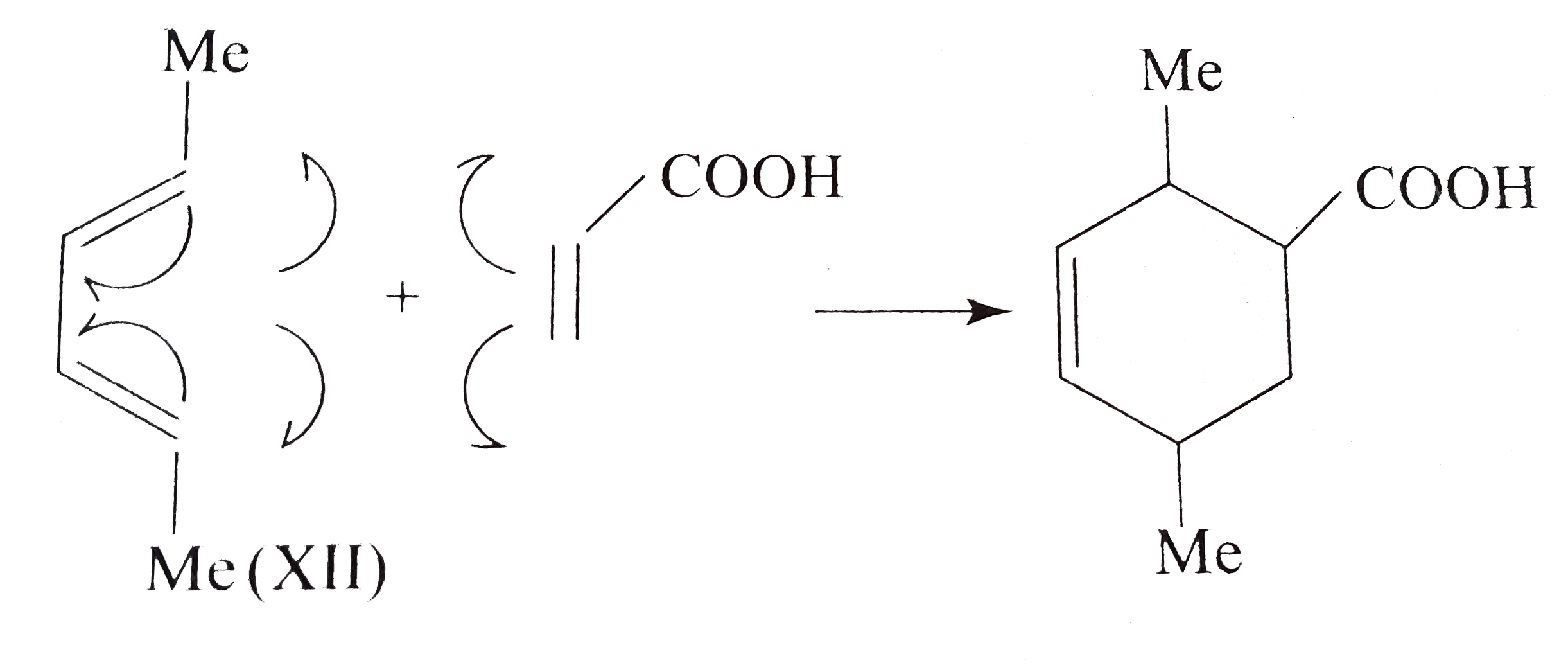 with [Cu(NH3)2]⊕OH⊕, whereas (II), an internal alkyne, does not.
with [Cu(NH3)2]⊕OH⊕, whereas (II), an internal alkyne, does not.
b. (III) is a propargylic bromide and gives a pale yellow precipitate of AgBr with (AgNO1+C2H5OH), whereas (IV) is a vinylic bromide and does not give any reaction with AgNO3.
c. (VI) is unsaturated compound and gives the test for unsaturation, i.e., decolourisation of pink colour of Baeyer's reagent (cold alk. KMnO4) of discharge of reddish brown colour of Br2 solution, whereas (V) is inert.
d. (VII) will react with H2+ Lindlar's catalyst or with H2+P−2 catalyst (Ni2B) to give (VIII), whereas VIII will not react.
Moreover, quantitative catalytic hydrogenation will also distinguish the two, (VII) will require 2 equivalent of H2, whereas (VIII) with require 1 equivalent of H2 per mole of each compound.
e. (X) is a symmetrical alkyne and undergoes oxidative ozoolysis to give a single acid (butanoic acid, 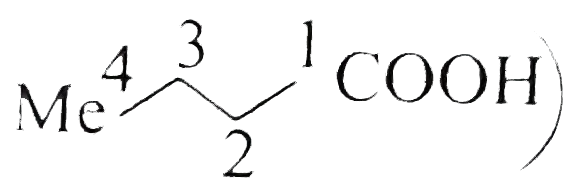 , whereas (IX) gives two separable acids (propanoic acid) + pentanoic acid,
, whereas (IX) gives two separable acids (propanoic acid) + pentanoic acid,  .
.
f. Quantitative catalytic hydrogenation will distinguish the pair. (XI) will absorb 4 equivalent of H2, whereas (XII) will absorb 2 equivalent of H2 per mole of each compound.
Moreover, (XII) will undergo Diels-Alder reaction, whereas (XI) will not.

g. (XIII) is conjugated diene and will undergo Diels-Alder reaction.
h. (XV) has a chiral centre and is resolvable whereas (XVI) is not.
Topper's Solved these Questions
- BOOK - CENGAGE CHEMISTRYCHAPTER - ALKYNESEXERCISE - Solved Examples24videos
ALKYNES
- BOOK - CENGAGE CHEMISTRYCHAPTER - ALKYNESEXERCISE - Exercises (Subjective Type)31videos
ALKYNES
- BOOK - CENGAGE CHEMISTRYCHAPTER - ALKENES AND ALKADIENESEXERCISE - Single correct Answer14videos
ALKENES AND ALKADIENES
- BOOK - CENGAGE CHEMISTRYCHAPTER - APPENDIX - INORGANIC VOLUME 1EXERCISE - chapter-7 Single correct answer1videos
APPENDIX - INORGANIC VOLUME 1
Similar Questions
Distinguish between the following pairs:
a. (I)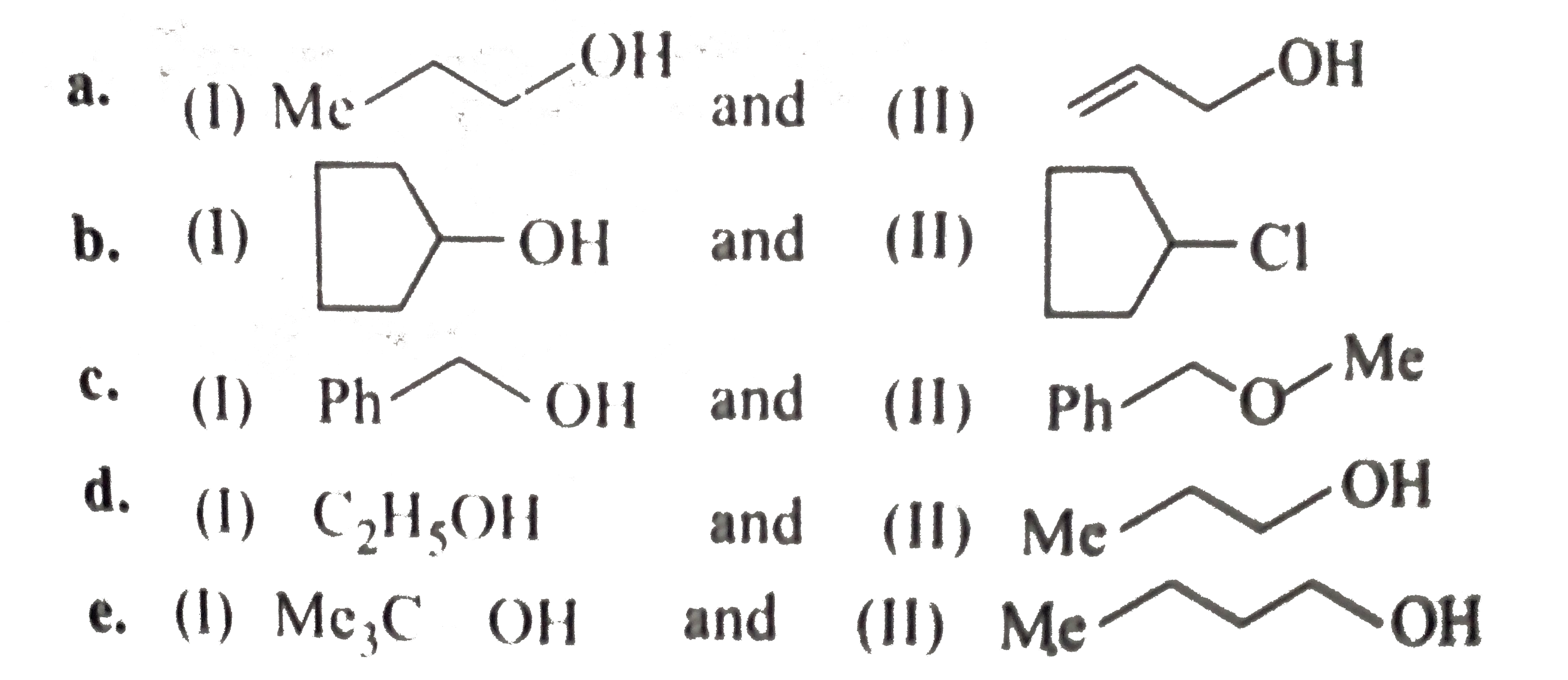 View Solution
View SolutionDistinguish between the following pairs:
(i) Urea and ammonium acetate
(ii) Ethanoic acid and ethanoyl chloride
(iii) Ethyl ethanoate and ethanamide
(iv) Ethanoic anhydride and methyl ethanoate
( v) Salt and ester
(vi) Acetamide and urea
(vii) Kerosene oil and vegetable oilView SolutionDistinguish between the following pairs:
a. (I) PhOH (II) PhNH2
b. (I) PhOMe (II) PhCH2OH
c. (I) View Solution
View SolutionDistinguish between the following pairs:
(i) Propanal and propanone
(ii) Phenol and benzoic acidView SolutionDistinguish between the following pairs in one or two sentences for each
(a) RBCs and WBCs,
(b) bone and cartilage,
(c) blood and lymph,
(d) striated and unstriated muscle,
(e) tendon and ligament,
(f) axon and dedrite.View SolutionGive chemical tests to distinguish between the following pairs of compunds :
(i) Ethanal and Propanal (ii) Phenol and Benzoic acidView SolutionDistinguish between the following pairs . Justify.
3O2 and 2O3,3O and O3View SolutionDescribe a chemical test to distinguish between the following pairs :
(i) Ethanol and phenol (ii) Propan-1-ol and propan-2-ol.View Solution(a) Illustrate the following reactions giving a suitable example for each.
(i) Cross aldol condensation
(ii) Decarboxylation
(b) Give simple tests to distinguish between the following pairs of compound
(i) Pentan-2-one and pentan-3-one
(ii) Benzaldehyde and Acetophenone
(ii) Phenol and Benzoic acidView Solution(a) Identify A-D
(b) Distinguish between the following pair of compounds :
(i) Aniline and Benzylamine.
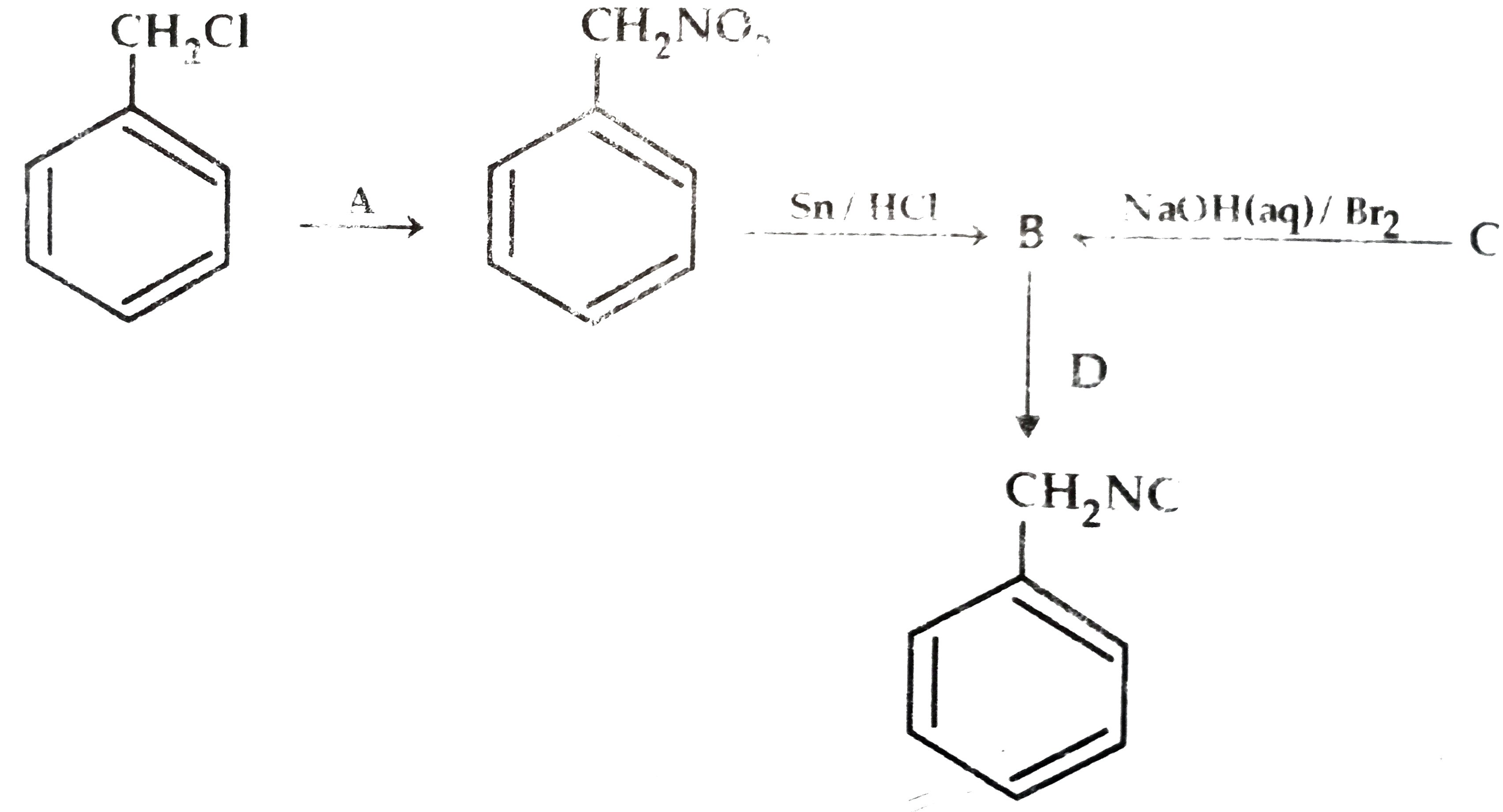
(ii) Methylamine and Dimethylamine
(c) Complete the following :
CH3CH2CNLiAIH4−−−−→A0∘C/HNO2−−−−−−−→BView Solution

